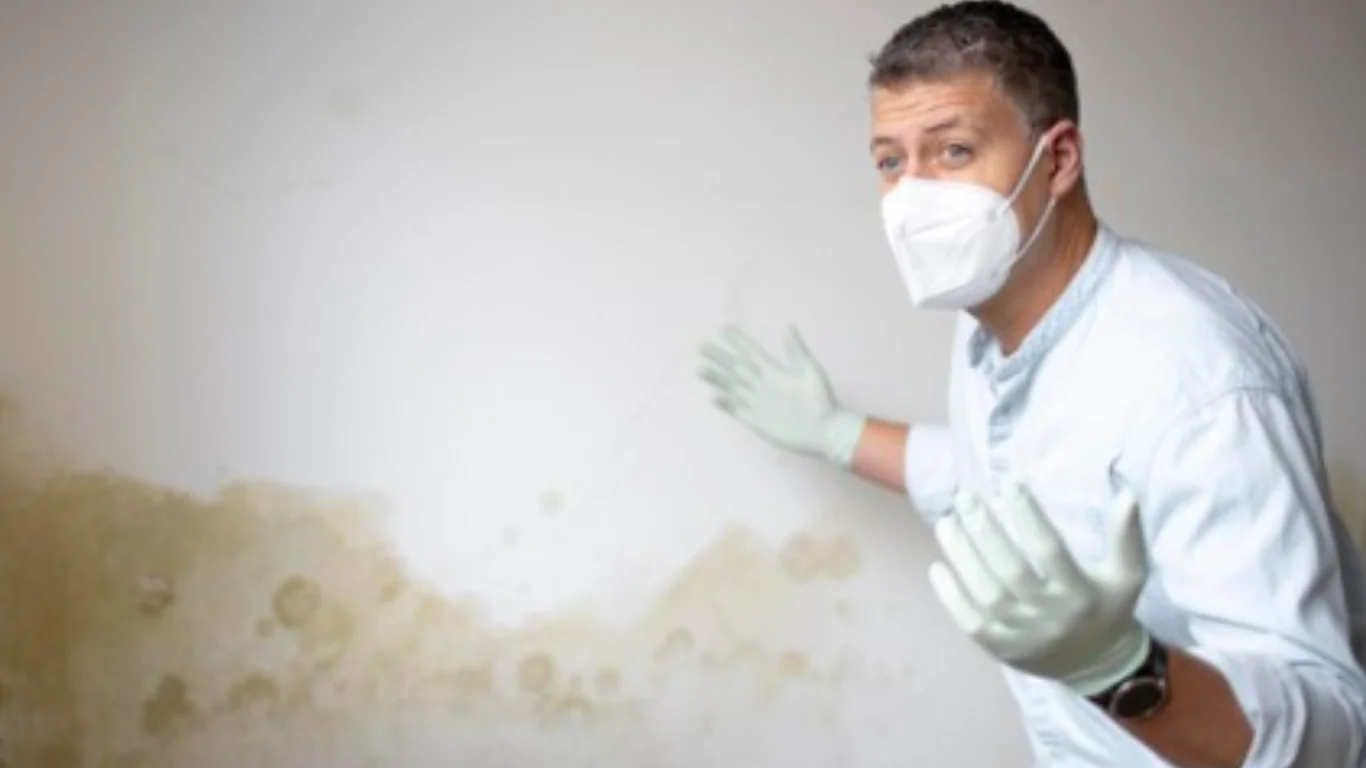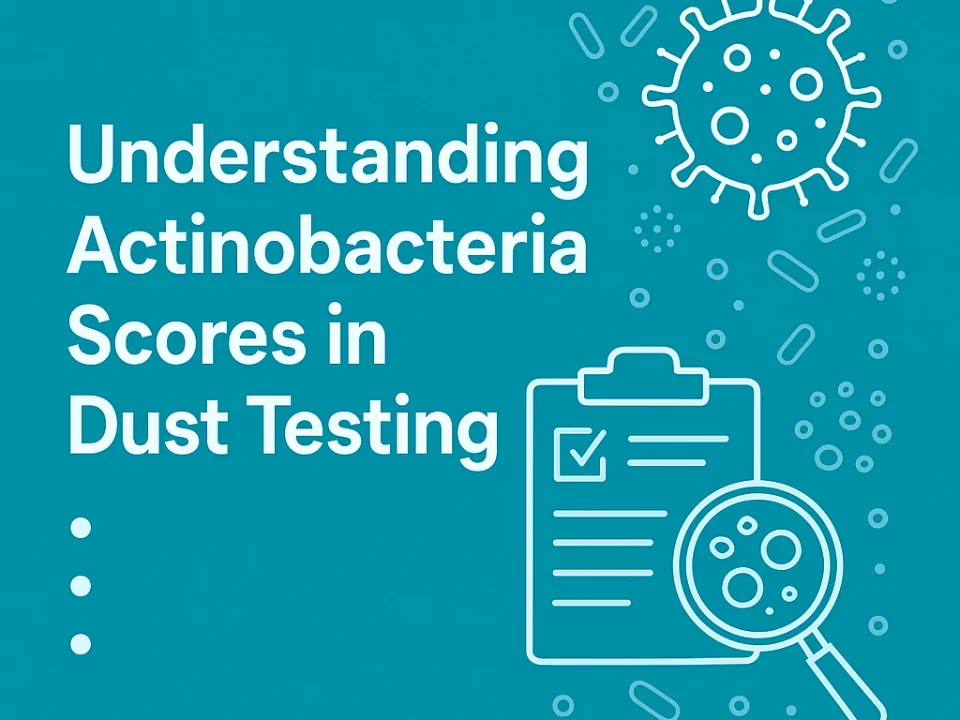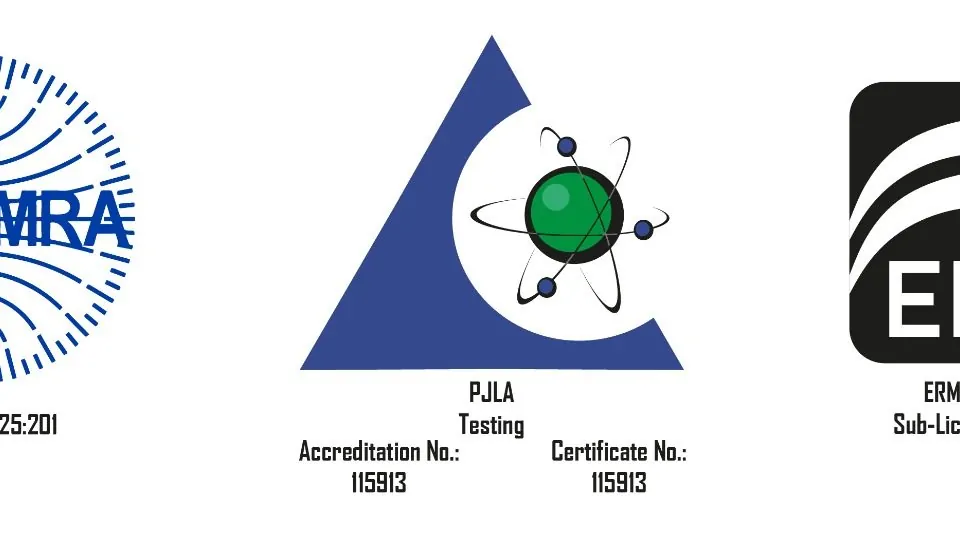Understanding ERMI and MSQPCR Mold Testing
ERMI, also known as MSQPCR, is the most prominent mold test currently available in the market. The difference between the two alternatives is that the first one contains a score, whilst the second one does not. However, both options utilize the quantitative DNA QPCR technique to evaluate the value of the test for each type of mold species. It is recommended to give priority to the inspection of each individual species included in the report, rather than focusing just on the aggregate score. Group 01, the initial category, refers to mold that has been damaged by water and includes a total of 36 species that are recognized for their poisonous properties. The focus of the research is mostly on a particular group called the Big 5-Species, specifically highlighting their identification as HERTSMI-2. Retrieve squares that are red in hue and symbols that bear a resemblance to stars. A rating of 1 star equates to a multiplication factor of 10, a rating of 2 stars corresponds to a multiplication factor of 100, and a rating of 3 stars corresponds to a multiplication factor of 1,000 in relation to the regular levels.
Group 02 functions as the control group for indoor settings and is utilized to establish a benchmark and calculate the ERMI score. Nevertheless, it is crucial to acknowledge that the ERMI report prioritizes the identification of the particular species found in Group 0, rather than solely relying on the score. The ERMI score is the initial point of reference in the report, whereas the MSQPCR/ Individual species in Group 01 should always be regarded as the main information. The goal is to ensure that just 2-3 items are presented in the color yellow, while the remaining items are exhibited in the color green. Once a species is classified as endangered, the next step is to ascertain its origin. Possible locations to examine for the presence of mold include beneath floating floors, behind the coils of air conditioning systems, and in areas where water damage has occurred either within or outside the building. Regularly examining crawl spaces is crucial. To ensure comprehensive examination, it is imperative to investigate the concealed spaces behind dry walls in both the kitchen and bathroom.
Individuals with mold sensitivity and Chronic Inflammation Syndrome (CIRS) should aim for an ERMI score of 2 or lower. The prevailing opinion among the general public is that an ERMI score of 5 or below is deemed acceptable. It is imperative to give priority to the study of each individual species rather than solely focusing on a score, and making sure that none of them are categorized as being in the red zone. Only one or two objects falling inside the yellow range are necessary, while the remaining items should be classified as green. This color-coded recommendation is primarily relevant to ERMI Group 01 mold species that are linked to water damage.
It is crucial to consider the reference values specific to each species. The ERMI and HERTSMI-2 report is based on the AHHS2, which refers to the 2021 EPA house survey reference data. The Environmental Protection Agency (EPA) has published two housing surveys: one specifically targeting older homes built prior to 1978 (AHHS1), and another surveying homes completed after 1978 (AHHS2). The ERMI report we provide utilizes the second reference. Nevertheless, if you desire reference data for older homes, it is readily available on our website.




